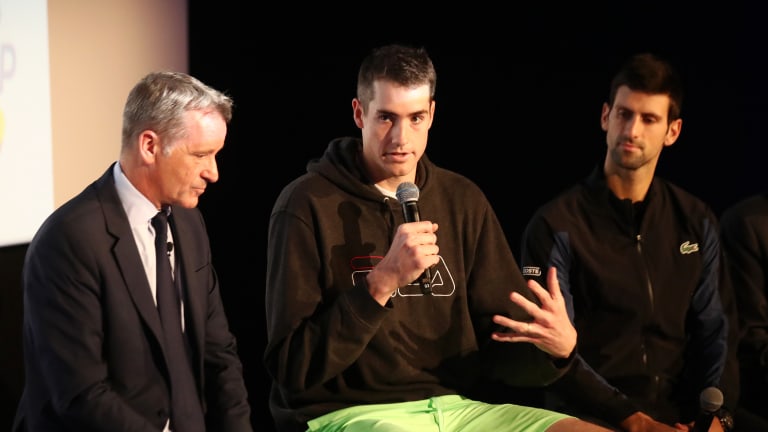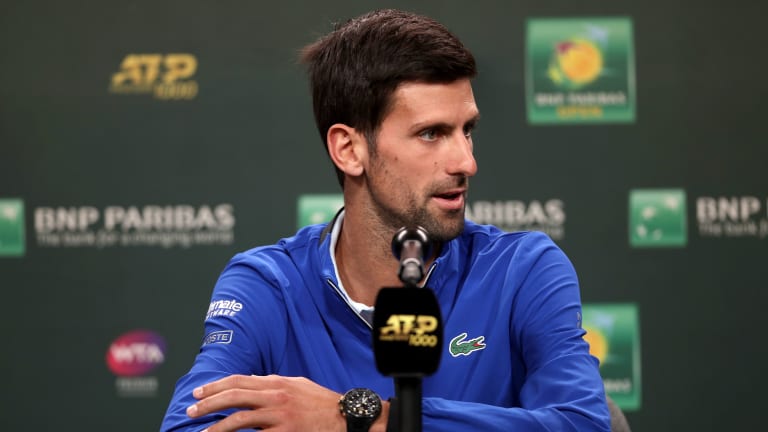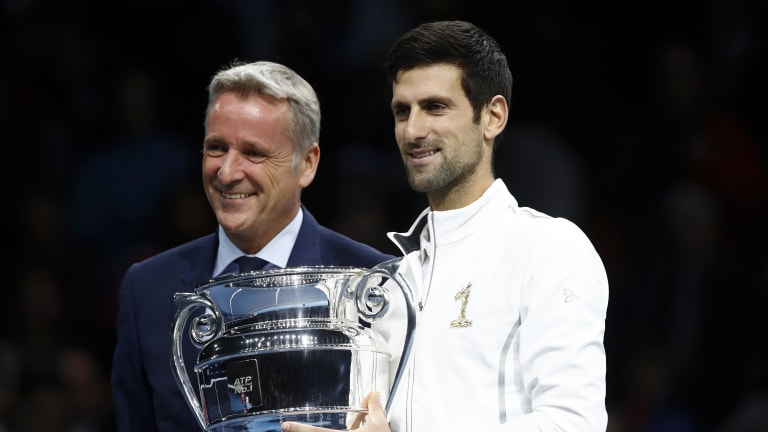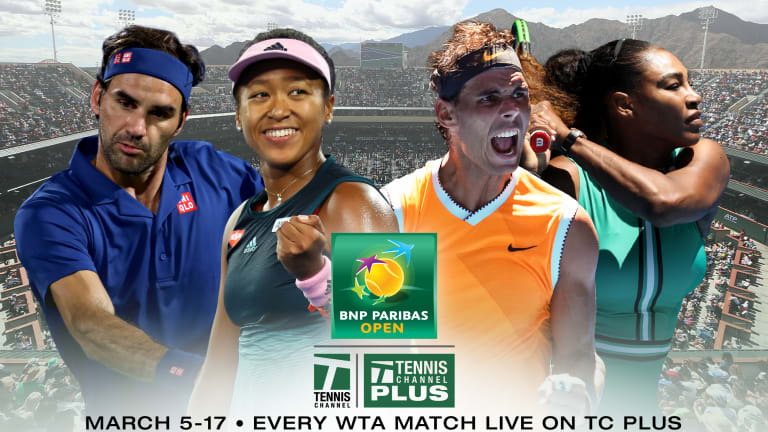Indian Wells, USA
The Kermode kerfuffle: Why tennis’ era of good feelings could be over
By Mar 08, 2019Indian Wells, USA
Mackenzie McDonald is paying the college tennis experience forward with a new fund
By Mar 17, 2025Indian Wells, USA
Mirra Andreeva and Jack Draper win breakthrough titles at Indian Wells: What did we just witness?
By Mar 17, 2025Indian Wells, USA
Jack Draper's run through Indian Wells concludes with his first ATP Masters 1000 title
By Mar 16, 2025Indian Wells, USA
Holger Rune vs. Jack Draper: Where to Watch, Indian Wells Preview, Betting Odds
By Mar 16, 2025Indian Wells, USA
Holger Rune reaches first Indian Wells final over Daniil Medvedev
By Mar 15, 2025Indian Wells, USA
Mirra Andreeva vs. Aryna Sabalenka: Where to Watch, Indian Wells Preview, Betting Odds
By Mar 15, 2025Indian Wells, USA
Mirra Andreeva, 17, advances to Indian Wells final, beating Iga Swiatek in chilly conditions
By Mar 15, 2025Indian Wells, USA
Ruthless Aryna Sabalenka storms past Madison Keys, 6-0, 6-1, in semifinals of Indian Wells
By Mar 15, 2025Indian Wells, USA
Carlos Alcaraz vs. Jack Draper: Where to Watch, Indian Wells Preview, Betting Odds
By Mar 15, 2025Indian Wells, USA
The Kermode kerfuffle: Why tennis’ era of good feelings could be over
Historically, player revolts have had a positive effect on tennis. Will that be true of Thursday’s controversial ouster of Chris Kermode?
Published Mar 08, 2019
Advertising

The Kermode kerfuffle: Why tennis’ era of good feelings could be over
© 2018 Getty Images
Advertising

The Kermode kerfuffle: Why tennis’ era of good feelings could be over
© Getty Images
Advertising

The Kermode kerfuffle: Why tennis’ era of good feelings could be over
© 2018 Getty Images
Advertising

The Kermode kerfuffle: Why tennis’ era of good feelings could be over